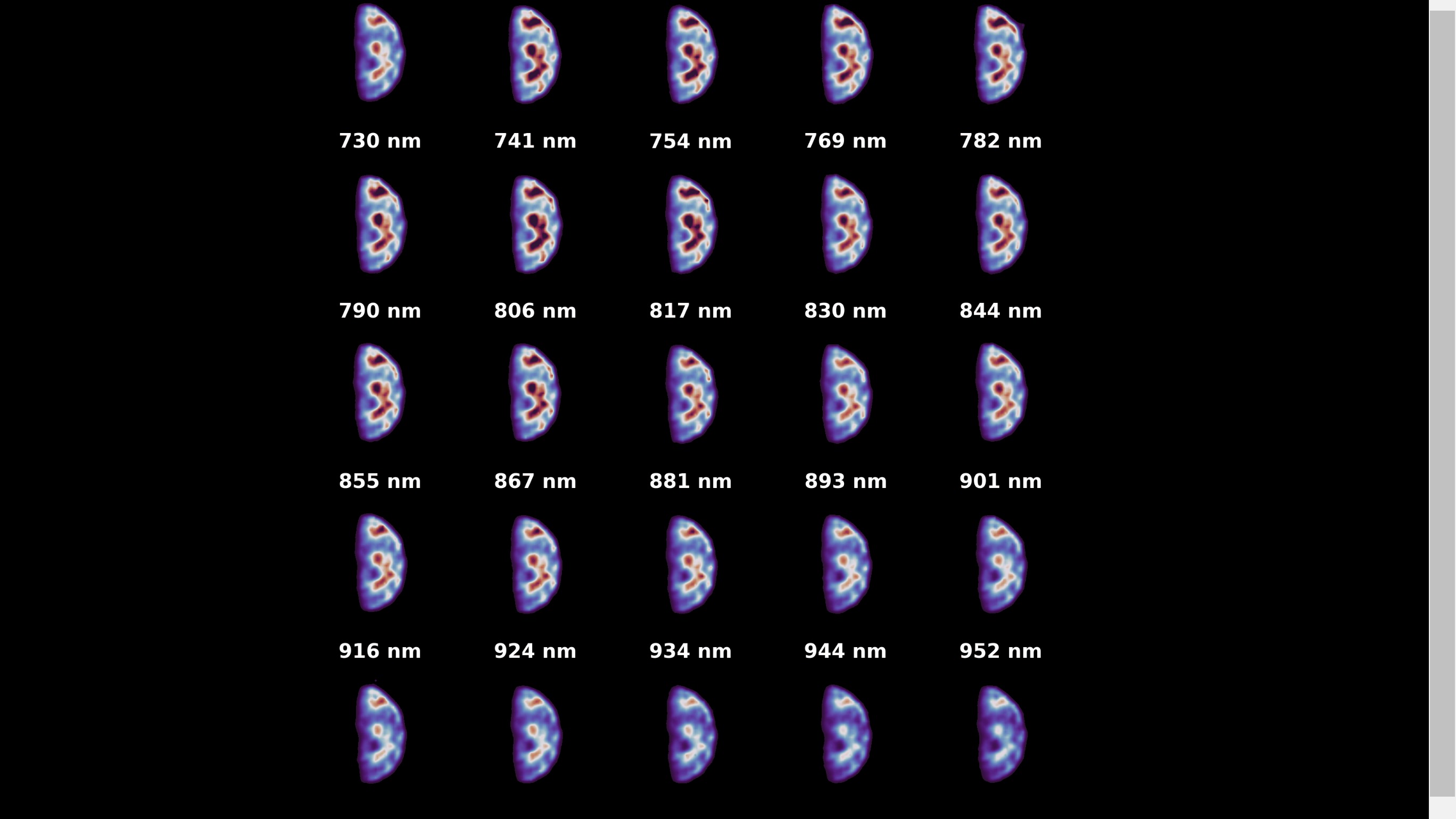
A strange Earth shines in new imagery captured by a European asteroid mission.
The Hera spacecraft, which launched this month to study a binary asteroid system up close. turned its gaze back at our planet to capture spooky views of Earth in multiple wavelengths of light. The imagery was captured fro roughly 1.25 million miles (2 million kilometers) away, using Hera's HyperScout H hyperspectral imager.
Besides being beautiful space art, the imagery "allows us to observe cloud patterns on our planet", instrument team member Marcel Popescu of Romania's University of Craiova said in a European Space Agency (ESA) statement released today (Oct. 31). Popescu paraphrased planetary scientist and space popularizer Carl Sagan (1934-1996): "All our lives are contained within these few pixels.”
The Hera mission, led by ESA, launched Oct. 7 atop a SpaceX Falcon 9 rocket from Cape Canaveral Space Force Station in coastal Florida.
Related: SpaceX rocket launches Europe's Hera planetary defense probe to visit asteroid smacked by NASA
Hera's mission calls for the spacecraft to arrive at an asteroid pair in 2026 to follow up on NASA's Double Asteroid Redirect Mission, or DART for short. The smaller asteroid moonlet, called Dimorphos, was directly impacted by DART. The orbit of Dimorphos around its larger companion, Didymos, was permanently altered by the collision.
DART demonstrated a planetary defense strategy that could be useful in moving threatening asteroids away from Earth. Hera's job is to look at the collision's aftermath from up close, given that DART's impact has only been examined by telescopes to date. HyperScout H, the Hera instrument that just observed Earth, will examine the mineral composition of Dimorphos when it arrives.
"This first calibration test was an exciting experience, which showed that both the instrument and its data processing chain are working well," said instrument principal investigator Julia de León, of the Institute of Astrophysics of the Canary Islands, in the same statement.







